3 Ways to Break a Plateau & Start Seeing Progress in The Gym Again
Have you ever hit a plateau with your weight training progress? Most will answer yes to that question and have had some experience with a training plateau. Plateaus plague every type of lifter that you would expect to find in a gym. From pro athlete to weekend warrior, most have run into a plateau at some point in their training career and if they haven’t then it just means that they haven’t been training long enough. Sometimes these roadblocks come not as a result of what you are doing inside of the gym, but as a result of variables outside of it. In this article we will go over 3 training variable and lifestyle adjustments that you can apply immediately to help kickstart progress again and break a daunting plateau.
1. (STAY OUT OF THE GYM MEATHEADS) Recover More by Lowering Volume or Frequency
Contrary to common belief, more work does not always equal more results. Your total weekly work should approximately be as be as high as your MRV(maximum recoverable volume). If not managed, too high a volume or frequency will lead to injury, Plateaus, and even strength and muscle loss!
[Harm Kuipers MD, PhD (1996) How Much is Too Much? Performance Aspects of Overtraining, Research Quarterly for Exercise and Sport, 67:sup3, S-65-S-69, DOI: 10.1080/02701367.1996.10608855]
Appropriate volume is usually a lot less than you would think. Good parameters for someone to start with is to aim for 3 moderately intense training sessions in a week, Containing a mixture of 5-8 compound and isolation exercises.
2. (MAYBE ITS TIME TO DITCH THE PLYOMETRICS FOR A BARBELL)
Train a different physiological quality or the same quality in a different way than you normally do. Your body relies on inputs of information to adapt to the world around it. As the body adapts, a stronger or more novel stimulus is needed to carry on the adaptative process. What it means for us gymgoers is that after a certain period, progress in any one area will slow down the better we have developed it.
The bigger you are, the harder it will be to add on any amount of muscle, while those new to the gym can pack on dozens of pounds in a single year. This is the law of diminishing returns [Hough, Paul. "Fundamental principles of training." Advanced Personal Training: Science to practice (2016): 59.]. If you have been training the same way for an extended period, try switching it up.
You can achieve a novel stimulus by changing the rep range, percentage of 1 rep max that you are using, or by training a different physiological quality. An example of this being: training for strength in the 1-6 rep range instead of endurance in the 20+ rep range.
3. (YOU’RE NOT 19 anymore, ALL NIGHTERS ARE FUN BUT won't CUT IT IF YOU WANT PROGRESS) Fix Your Circadian Rhythm!
Circadian Rhythm refers to the amount, quality of sleep, and timing of sleep that you get on average. Sleeping 8 hours a night is recommended for optimal recovery. Sleeping 8 hours a night, Mon-Fri, and then 4 hours on weekends leaves a lot of missed time to recover for your next training session. Inadequate sleep and muscle strength: Implications for resistance training.
When referring to quality of sleep, we are talking about the number of cycles we can fit in each night. It is smart to try and time sleep in 90-110 min blocks to coincide with normal sleep cycles. This is because waking up at the end of a cycle tends to leave you less groggy and promotes wakefulness. Something to consider if your schedule has you lifting in the early AM. Try keeping a sleep log, and record the time you sleep and wake at, as well as the duration. Aim for 7-8 hours of sleep a night and to sleep as well as wake up within 1 hour of a consistent time.
Most Gymgoers progress stalls because of under recovery and or over training. Trying something new might also give your body that needed stimulus boost to break through any plateaus. Give some of these simple adjustments a try if you are running into any issues progressing in the gym.

